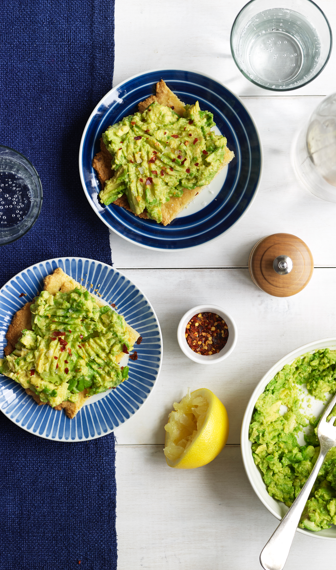There are plenty of diets out there to choose from, and you may have tried quite a few during your quest to lose weight. Here’s how Atkins compares to other popular weight loss programs, plus more reasons why you should choose Atkins:
Atkins
How it works:
When you control your carbohydrate intake, you start burning fat for fuel.
What you’ll eat:
You can eat high-fiber vegetables, protein (fish/seafood, poultry, beef, pork, eggs, plant-based), healthy fats (olive oil, avocados, nuts, butter), dairy (cheese, Greek yogurt) and low-glycemic fruits (berries, cherries, melon). If your carbohydrate tolerance allows, you can also have legumes, higher starch vegetables, and whole grains
Avoid sugar, refined flour and trans fats.
Why Atkins is better:
Over 80 clinical studies support the effectiveness and health benefits of low-carb diets like Atkins. When comparing weight-loss programs, science has demonstrated that low-carb diets like Atkins result in more effective weight loss and better health markers, such as a decrease in your risk of heart disease and diabetes. Plus, Atkins can be customized to your individual needs to help you lose the weight and keep it off.
Weight Watchers
How it works:
You’re given a daily calorie budget based on you current weight, height, gender and age.
What you’ll eat:
All foods are allowed—each food has a specified number of points (which equates to calories). The number of points you can consume is based on your daily calorie budget.
Why Atkins is better:
Calorie-counting diets may not be effective because your body doesn’t treat all calories the same way. Processed foods, added sugar and empty carbs prompt your body to store fat. Calorie-counting diets do not teach you the nutritional value of food, or why you should make specific food choices, i.e. avoiding the foods that may lead to weight gain. In other words, on Weight Watchers, you could blow your entire day’s budget of points on French fries or sweets, which are not nutritionally smart choices that support weight loss. Atkins vs. Weight Watchers—it’s no contest!
Mediterranean
How it works:
Eat similarly to the Mediterranean culture.
What you’ll eat:
You can eat mostly plant-based foods (fruits and vegetables), potatoes, whole-grain bread, beans, nuts and seeds. You can also have small portions of yogurt, cheese, poultry and eggs, fish and seafood twice a week and oils (not butter) and herbs and spices.
Limit sweets and red meat.
Why Atkins is better:
This diet is challenging if you are carbohydrate intolerant, since you may be consuming more carbs than your metabolism can handle. On Atkins you will learn to identify your individual carbohydrate tolerance, which will allow you to lose weight and maintain it. You are also allowed to consume higher levels of protein, which help keep you satisfied for longer between meals.
Paleo Diet
How it works:
Eat the same foods that our pre-agricultural, hunter-gatherer ancestors ate.
What you’ll eat:
You can eat grass-fed meats, fish/seafood, fresh fruits and vegetables, eggs, nuts/seeds and healthy oils.
You should avoid cereal grains, legumes (including peanuts), dairy, refined sugar, potatoes, processed foods, overly salty foods, and refined vegetable oils, candy/junk/processed and convenience foods.
Why Atkins is better:
Paleo is more restrictive than Atkins, it focuses on the quality but not quantity of carbohydrates (meaning you could overdo it), and it may be more expensive with its emphasis on grass-fed meats and organic foods. On Atkins, you are allowed to use convenience foods, such as low-carb bars, shakes and meals, which make it easier to stick to the diet, and you are allowed to eat legumes and dairy.
The final verdict
While each diet has some components that may lead to weight loss, Atkins is a winner. You are able to customize the amounts and types of carbohydrates you can eat while still being able to lose weight or maintain your weight loss, and you learn about portion control and the quality of your food and how it affects your weight loss. Plus Atkins is backed by over 80 clinical studies, and provides a range of convenient low-carb options such as bars, shakes and frozen meals to help make it even easier to stick with the plan.

